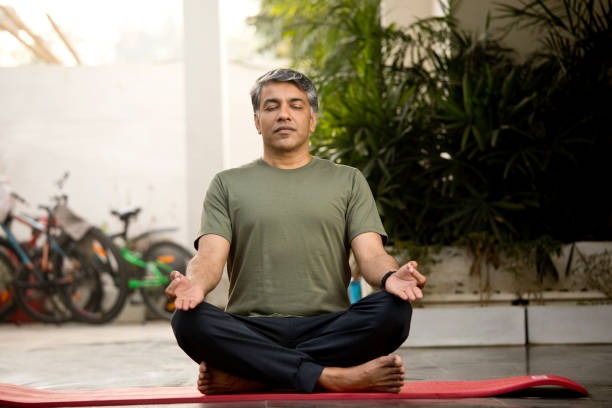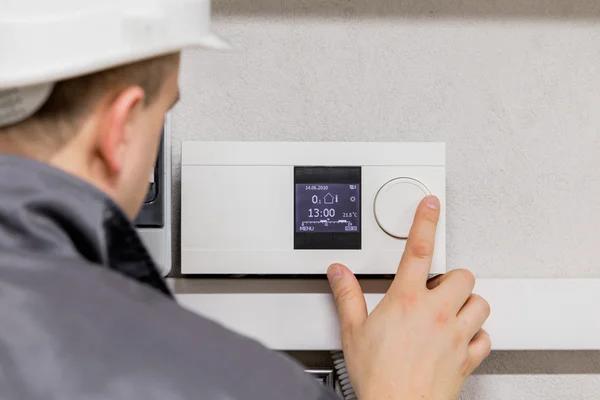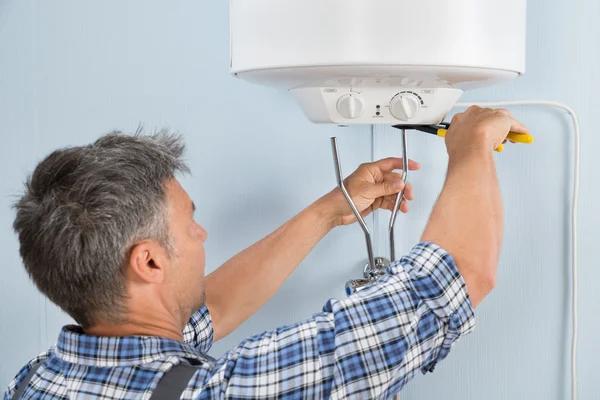Breathing exercises have gained considerable attention as a natural and effective method to manage blood pressure. High blood pressure, also known as hypertension, is a common condition that increases the risk of heart disease, stroke, and other serious health problems. While medication and lifestyle changes are standard treatments, breathing exercises offer an accessible complementary approach that can help regulate blood pressure levels. These exercises focus on controlled inhalation and exhalation patterns designed to promote relaxation and improve cardiovascular function.
The mechanism behind the impact of breathing exercises on blood pressure involves the autonomic nervous system, which controls involuntary bodily functions such as heart rate and vascular tone. Stress often triggers sympathetic nervous system activity, leading to increased heart rate and constricted blood vessels, both contributing to elevated blood pressure. Breathing techniques encourage activation of the parasympathetic nervous system-the “rest and digest” response-which helps lower heart rate and dilate blood vessels. This shift reduces overall cardiovascular strain and supports healthier blood pressure readings.
Research has demonstrated that slow, deep breathing exercises can significantly reduce systolic and diastolic blood pressure in individuals with hypertension. For example, studies involving paced breathing at around six breaths per minute show consistent decreases in both numbers after several weeks cbd oil Canada of practice. These findings suggest that incorporating regular sessions of focused breathing into daily routines may provide measurable benefits for those struggling with high blood pressure.
Various types of breathing exercises exist, including diaphragmatic breathing, alternate nostril breathing, and guided breath control methods. Diaphragmatic or abdominal breathing emphasizes using the diaphragm muscle rather than shallow chest movements to maximize oxygen intake while promoting relaxation. Alternate nostril breathing involves controlled inhalation through one nostril followed by exhalation through the other; it is believed to balance neural activity between brain hemispheres while calming the mind. Guided breath control practices often combine verbal instructions with timed inhalations and exhalations tailored for stress reduction.
In addition to lowering resting blood pressure levels over time, these practices may also help mitigate acute spikes caused by anxiety or stressful situations. The immediate calming effect can prevent temporary elevations that might otherwise contribute cumulatively to long-term cardiovascular damage if left unmanaged.
While promising results support the use of breathing exercises for managing hypertension, they should complement rather than replace prescribed medical treatments unless advised by healthcare professionals. Individuals interested in adopting these techniques should seek guidance from qualified instructors or reputable resources to ensure proper execution for maximum benefit.
Overall, incorporating structured breathing exercises into daily life presents a low-cost, low-risk strategy that enhances well-being by positively influencing autonomic regulation related to cardiovascular health. As research continues exploring optimal protocols for different populations, this simple practice remains a valuable tool in holistic approaches addressing high blood pressure management effectively.















